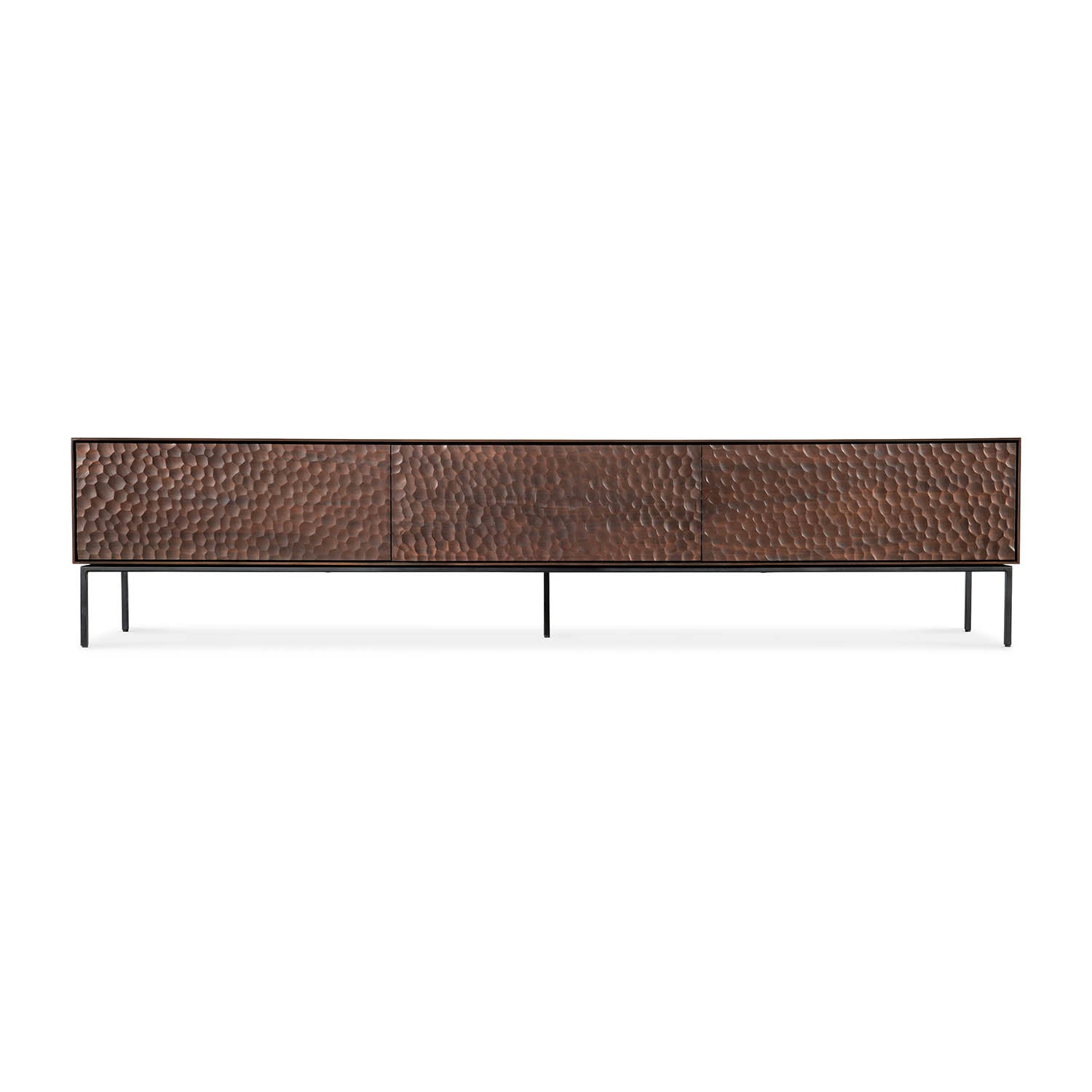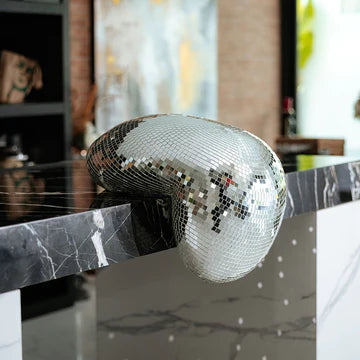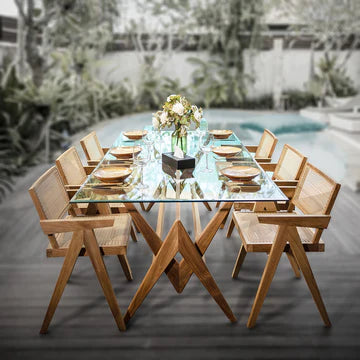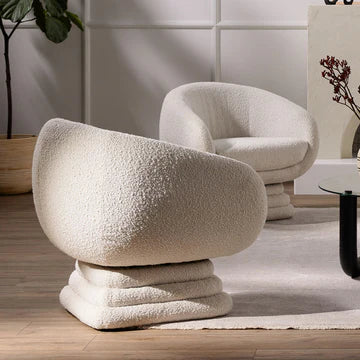Surrounded by Color: How to Create A Stunning Monochrome Room
Decorating an entire room in one color can be an intimidating thought. But there are actually numerous benefits to going monochrome. For small spaces a monochrome palette can make the room feel larger and less cluttered. Monochrome can create harmony and make a space feel more unified and peaceful. If any of these options sound like your dream room, it’s time to consider going monochrome. Let’s take a look at how to create a stunning space with a monochrome palette. 

Pick A Color You Love
The first step in creating a monochrome space is to pick a color you love and are drawn to - you are going to be surrounded by it after all. If you’re a fan of bold choices you have the rainbow of colors available to you. But if you’re a little more hesitant about going monochrome neutrals like white, beige, and gray work just as well and aren’t as intimidating. Procedure for choosing the exact shade that will be your base color is the same as any time you’re going to paint the walls. Get samples and make sure that the color looks good in all the different types of light in the room and on all of the walls. You may love a color on paper, but once on the walls it can look completely different. 

Work With Different Shades
You may think using just one color in a room will be boring, but remember - you’re not limited to using just one shade of that color. A good rule of thumb is to choose three to five shades of the color you’ve picked to work with. This will give you a nice variety while keeping your palette from becoming overwhelming. You also aren’t limited to solid colors. Look for wallpapers or textiles with patterns in shades of your color to add visual interest and break up any monotony while still keeping the monochrome palette. 

Texture is Key
When creating a monochrome space, texture is key. Using variation in texture will help keep the color from falling flat. The eye will be searching for contrast, and texture is the best way to deliver. Look for textiles with a lot of texture (velvet, tweeds, etc) to help fill the space with contrasts. Pay attention to paint and metallic finishes as well. Mixing matte with glossy or brushed with polished is another way to please the eye and break up the sameness of all one color. 

Add Thoughtful Neutrals
Thoughtfully chosen neutrals can also help enhance a monochrome space. With so many colors available it’s fairly easy to find a neutral that has the same undertones as your main color and that will complement it. Some well placed neutrals will give your eye a place to rest and a bit of a break from the main color. If you want to keep things strictly monochrome, one tip for finding a neutral to include is to pick the very lightest shade of your main color. It will likely look almost white, but still have enough hint of the color to coordinate and keep your palette intact. 

Consider Natural Elements
Natural elements can be used in a similar fashion as neutrals. Woods and metals are neutral enough to go with basically any color and will add texture and visual interest to break up the solid shades. If you’ve chosen a brown or beige as your main color wood tones won’t even be a departure from your monochrome palette. Plants can serve as natural pops of color in the space and will add life and visual interest. Together wood grain and greenery can help make a space feel more welcoming and inviting. 

When done correctly, a monochrome room can be calm, soothing, and seem more open and less cluttered. If you’re ready to tackle creating a monochrome space, here’s one last piece of advice. If your main color isn’t a neutral, choose your furnishings first, and work wall and other colors around that. Sofa and lounge chair upholstery options are likely to be more limited than paint or wallpaper ones, so find the shade you love there and create your palette around that. What do you think of monochrome rooms? Would you make a monochrome room in your home, or do you already have one? Let us know in the comments!







Leave a comment